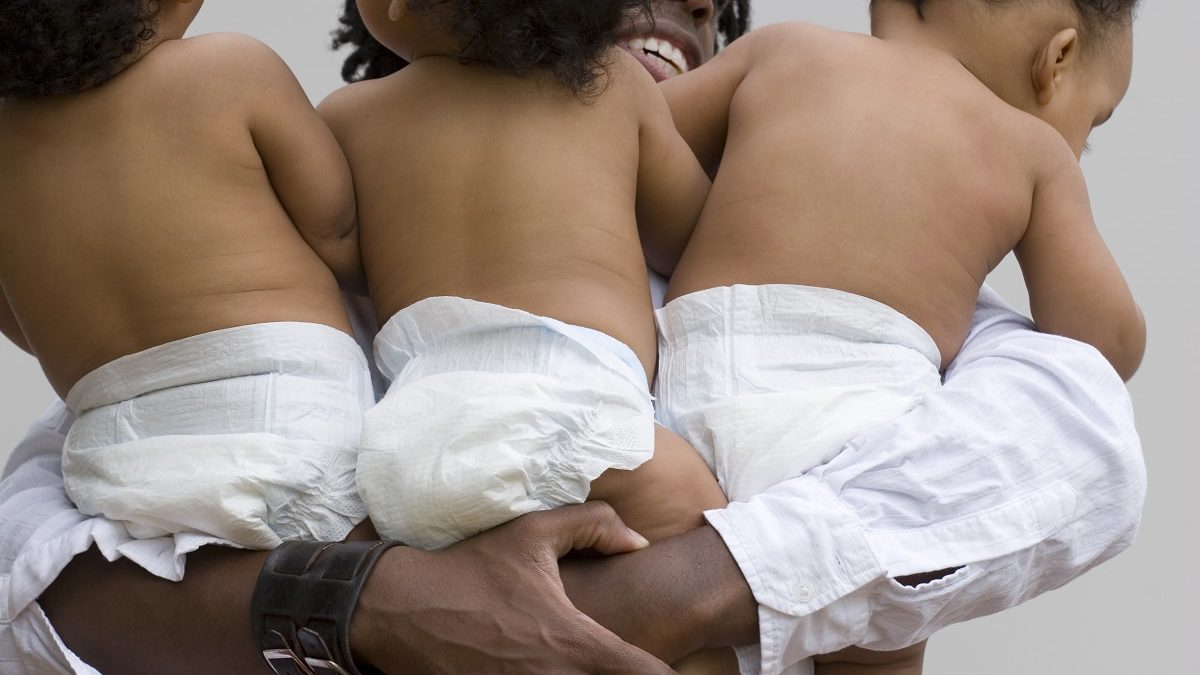
The Poo Problem: Diapers – Earth911
Next to discipline, few parenting topics get people as worked up as the diaper decisions. New parents are passionate about their babies’ care, and that includes how to stay green.
Despite strong feelings on both sides, life cycle analyses of the impact of diapers remain unclear. In general, drought-prone areas are also more likely to have available landfill space, two factors that favor disposables. Areas with high rainfall have more water available for laundry and are also less likely to have landfill space, thus favoring cloth diapers. A new factor that is coming into play is the frequency of garbage collection. But there may be no right answer.
Disposable
It’s easy to villainize disposable diapers because of all the waste. About 40 million tons of disposable diapers go to landfills globally each year. Disposable diapers are composed of approximately 43% wood pulp (fluff pulp), 27% super-absorbent polymer, 10% polypropylene, 13% polyethylene, and 7% tapes, elastics, and adhesives. But the lack of transparency about the exact materials used in disposables has many parents concerned about toxins.
For decades, the primary advantage of disposable diapers has been their convenience. But as recycling programs have improved, some cities have cut back on garbage collection. In places that have moved to every-other-week garbage collection, disposable diapers have become an inconveniently noxious contaminant in recycling bins.
Better Disposables
Chlorine-free disposable diapers are becoming more widely available. They can protect your baby’s bottom from unnecessary irritation, and they eliminate some of the toxic pollution in both diaper manufacture and landfill disposal. There are also brands that use bamboo instead of wood pulp, which may be a more sustainable choice.
Compostable diapers are a fairly recent innovation, but they may not be any greener. Composting programs that accept them are rare, so in practice, they are still “disposable.” They can break down within five months in a landfill, but any biodegradation that occurs inside a landfill produces landfill gas, which contributes to climate change. And according to one life cycle analysis, their construction requires even more raw product consumption than conventional disposables.
gDiapers, a startup preparing for a worldwide introduction of its compostable diapers with mail-back composting services, is a company to keep an eye on.
Cloth
Although the cons for cloth are not as immediately obvious, they still have pros and cons. Most of the attention to the environmental drawbacks of cloth diapers has focused on the water used for laundering them; this is often cited as the deciding factor for families trying to make a choice. However, the production impacts of cloth diapers, which are almost all made from cotton, are so high that they may outweigh the waste impacts of disposables. As with disposables, bamboo may be a more sustainable alternative among cloth diapers.
Reusable diapers are frequently combined with a diaper laundry service, which has different environmental impacts. While there is an obvious increase in fossil fuel usage from diaper pickup and delivery, diaper services use far less water and electricity than home laundering.
Diaper-Free
Don’t forget that the most effective waste management strategy is to reduce waste in the first place. You can’t do anything about how much your baby poops. But you can use fewer diapers — without causing diaper rash. Estimates for how many diapers a baby uses range from 6-12 diapers per day for an average of 2.5 years. Newborns go through many more diapers each day than toddlers. Regardless of how many diapers your child uses each day, fewer days in diapers means fewer diapers.
All kinds of bogus arguments have been made about the psychological impact of just about every toilet training method. When politics and profit motives are eliminated, one fact remains. Before disposable diapers were invented, toilet training began much earlier than it does today.
Taken to its logical conclusion, raising a diaper-free baby is possible using a method called elimination communication. The method requires a level of dedication and attentiveness from all caregivers that few families are able to give. But most parents can use the basic idea of offering the toilet early, often, and at the first sign of need to reduce diaper usage. Regardless of what toilet training method parents choose, the sooner training starts, the sooner the question of cloth versus disposable will be eliminated.
Editor’s Note: This article was originally published on November 19, 2018, and updated in November 2024.
creditSource link




